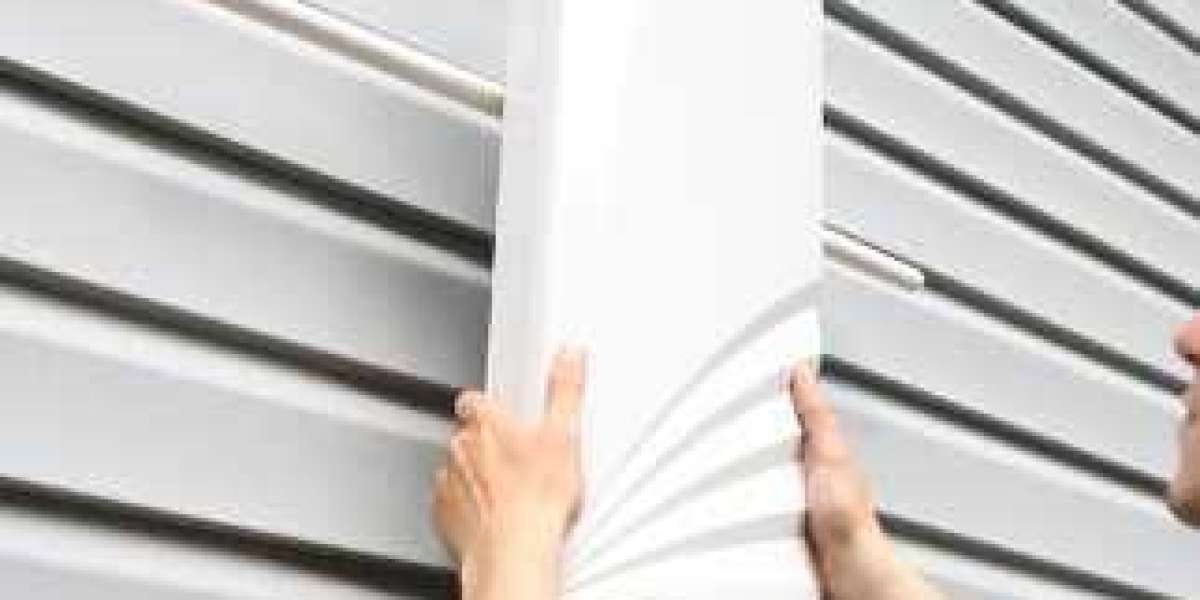In an age where streaming services dominate the entertainment landscape, the humble HD TV antenna is making a surprising comeback. As more people seek to cut the cord and reduce their monthly expenses, the HD TV antenna stands out as a cost-effective solution for accessing high-quality, over-the-air (OTA) broadcasts. This article delves into the world of HD TV antennas, exploring their benefits, installation tips, and how they compare to other options for cord-cutters.
Why Choose an HD TV Antenna
Cost-Effective Access to Entertainment
One of the most compelling reasons to opt for an HD TV antenna is the cost savings. Unlike cable or satellite subscriptions that can run upwards of $100 per month, an HD TV antenna is a one-time purchase that grants access to free OTA channels. Networks like ABC, CBS, NBC, Fox, and PBS broadcast over the air, providing a variety of content including news, sports, sitcoms, and dramas.
Superior Picture Quality
HD TV antennas can deliver superior picture quality compared to cable and satellite. Since OTA signals are uncompressed, they provide a clearer, crisper picture. This is especially beneficial for sports enthusiasts who appreciate high-definition clarity during live events.
Reliability and Redundancy
An HD TV antenna offers a reliable backup option during cable or internet outages. Natural disasters and severe weather can disrupt cable and satellite services, but OTA signals often remain available. This redundancy ensures that you can still access critical news and information during emergencies.
Types of HD TV Antennas
Indoor Antennas
Indoor HD TV antennas are designed for easy installation within your home. They are ideal for urban dwellers living close to broadcast towers. These antennas are compact, often designed to blend with home decor, and can be placed near windows or walls for optimal reception. Popular models include flat, paper-thin designs that can be mounted on walls or windows.
Outdoor Antennas
Outdoor HD TV antennas are typically larger and offer greater range, making them suitable for suburban or rural areas. They are mounted on rooftops or exterior walls, which allows them to capture signals from further distances and with fewer obstructions. Outdoor antennas are generally more robust and weather-resistant, ensuring long-term durability.
Amplified Antennas
For those in areas with weak signal strength, amplified antennas come with a built-in signal booster to enhance reception. These can be either indoor or outdoor models and are particularly useful in regions where broadcast signals are obstructed by buildings or geographical features.
Installation and Setup
Choosing the Right Antenna
The first step in setting up an HD TV antenna is selecting the right type based on your location and needs. Websites like AntennaWeb and TV Fool provide tools to determine the distance to the nearest broadcast towers and suggest the best antenna type for your area.
Finding the Optimal Location
Placement is crucial for maximizing signal reception. For indoor antennas, placing the device near a window or on an exterior wall often yields the best results. Outdoor antennas should be mounted as high as possible, ideally on a rooftop, to minimize obstructions. It’s also important to consider the direction of the broadcast towers and aim the antenna accordingly.
Connecting to Your TV
Once the antenna is installed, connect it to your TV using a coaxial cable. Most modern TVs have a built-in tuner, but older models may require a digital converter box. After connecting the antenna, run a channel scan on your TV to find available stations. This process can typically be found in the TV's settings menu under "Channel Setup" or "Auto Program."
Fine-Tuning for Best Reception
After the initial setup, you may need to adjust the antenna's position to optimize signal reception. This might involve moving the antenna slightly or adjusting its angle. Some antennas come with signal strength indicators that can help you find the best position.
Comparing HD TV Antennas to Other Cord-Cutting Options
Streaming Services
While streaming services like Netflix, Hulu, and Disney+ offer a vast library of on-demand content, they require a reliable internet connection and often come with monthly subscription fees. An HD TV antenna provides a complementary solution by offering live TV without any recurring costs.
Cable and Satellite TV
Cable and satellite TV services offer a wide range of channels, but they come with high monthly fees and long-term contracts. In contrast, an HD TV antenna provides free access to local channels, making it an attractive option for those looking to reduce their entertainment expenses.
Streaming Devices
Devices like Roku, Amazon Fire Stick, and Apple TV turn regular TVs into smart TVs, allowing users to access streaming apps. While these devices enhance the viewing experience, they don't provide live local channels like an HD TV antenna. Combining an antenna with a streaming device can offer the best of both worlds.
Enhancing Your HD TV Antenna Experience
DVR Functionality
One limitation of HD TV antennas is the inability to record shows for later viewing. However, this can be addressed with a digital video recorder (DVR) designed for OTA broadcasts. Devices like TiVo and Tablo allow you to record, pause, and rewind live TV, providing greater flexibility and control over your viewing schedule.
Integrating with Smart Home Systems
For tech-savvy users, integrating an HD TV antenna with smart home systems can enhance convenience and functionality. Some modern DVRs and streaming devices can be controlled via voice assistants like Amazon Alexa or Google Assistant, allowing for hands-free operation.
Using a Signal Splitter
If you have multiple TVs in your home, a signal splitter can distribute the antenna's signal to several devices. This ensures that all TVs can access OTA channels without the need for multiple antennas.
Addressing Common Concerns
Signal Interference
Interference from buildings, trees, and electronic devices can affect signal quality. To mitigate this, place your antenna away from potential sources of interference and use a high-quality coaxial cable. Amplified antennas can also help strengthen weak signals.
Weather Impact
Severe weather can impact OTA signal quality. While outdoor antennas are designed to withstand harsh conditions, heavy rain, snow, or wind may cause temporary disruptions. Indoor antennas are less susceptible to weather but may still experience issues during extreme conditions.
Limited Channel Availability
The number of available channels depends on your location and proximity to broadcast towers. Urban areas typically have more channels, while rural areas may have fewer options. Using tools like AntennaWeb can help you gauge the expected channel availability before purchasing an antenna.
The Future of HD TV Antennas
ATSC 3.0 (NextGen TV)
The next generation of OTA broadcasting, ATSC 3.0, promises to revolutionize the viewing experience. This new standard offers 4K resolution, improved audio quality, and enhanced mobile reception. While still in the early stages of deployment, ATSC 3.0 will make HD TV antennas even more valuable in the coming years.
Hybrid Models
As technology advances, hybrid models that combine OTA reception with internet-based features are emerging. These devices integrate streaming apps and OTA broadcasts into a single interface, offering a seamless and comprehensive viewing experience.
Increasing Popularity
With the rising cost of cable and the proliferation of streaming services, more consumers are turning to HD TV antennas as a practical alternative. This trend is likely to continue, driving innovation and improvements in antenna technology.
Conclusion
HD TV antennas are a powerful tool for cord-cutters seeking to reduce their entertainment expenses without sacrificing quality. They offer a host of benefits, including superior picture quality, reliability, and free access to local channels. Whether you're in an urban apartment or a rural farmhouse, there's an HD TV antenna suited to your needs. By understanding the different types of antennas, installation tips, and how they compare to other options, you can make an informed decision and enhance your viewing experience. As technology evolves, the future of HD TV antennas looks brighter than ever, promising even greater capabilities and convenience








